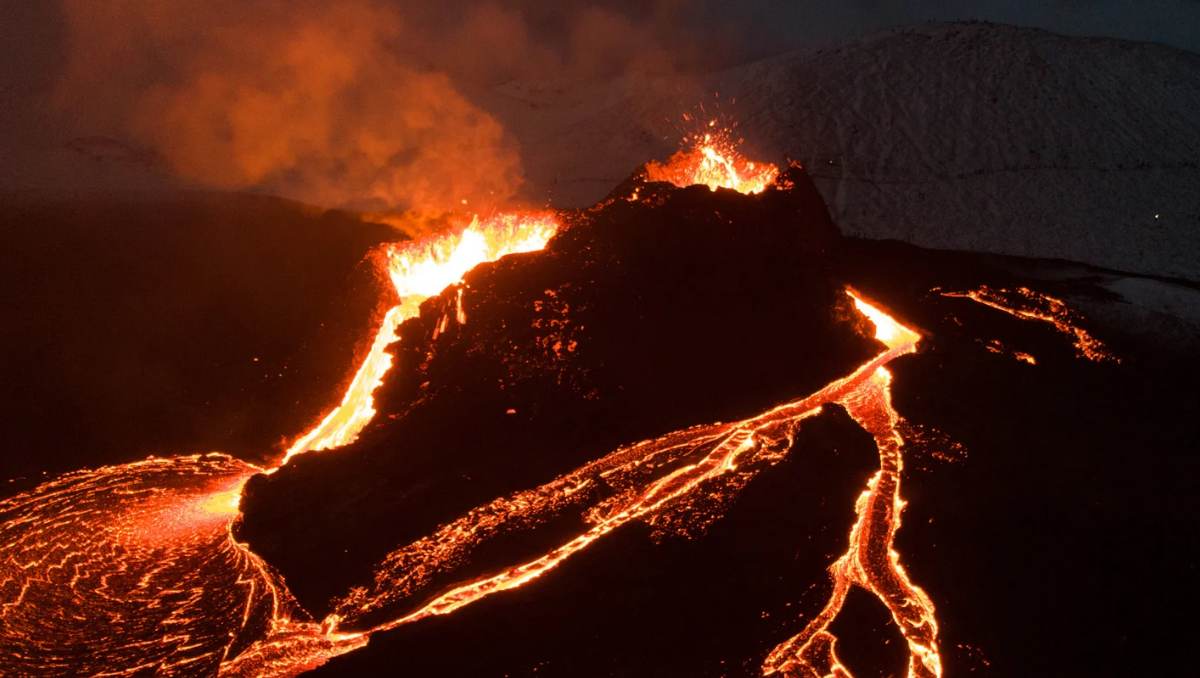Shield volcanoes are fascinating natural formations, often characterized by their broad domes and gently sloping sides.
But what exactly causes these features? In this blog post we’ll be taking a closer look at shield volcanoes and exploring the various factors which contribute towards their dome-like structures.
What Is A Shield Volcano?
A shield volcano is a type of volcano characterized by its broad, sloping shape and low viscosity lava flows. They form as the result of eruptions from relatively fluid basaltic magma, which is made up of hot molten rock that hardens once it cools down.
This lava tends to move slowly away from the central vent where it originates in order to create the volcano’s characteristic dome-shaped structure.
What Factors Cause A Shield Volcano’s Broad Dome?
There are several factors which play a role in creating the broad dome of a shield volcano, including:
- The composition of the magma itself – as mentioned above, shield volcanoes form when basaltic magma is erupted. This magma has a lower silica content than other types of lava; meaning it flows much farther when released due to its low viscosity.
- The level of activity at the central vent – this determines how quickly or slowly magma will be released into the atmosphere, which in turn affects how long it takes for an eruption to slow down and stop forming new landmass on top of what exists already.
- Erosion from wind and rain – over time erosive forces such as wind and rain can also play a part in creating a shield volcano’s dome-like shape by gradually wearing away at its surface features.
Conclusion
In conclusion then there are various factors which contribute towards constructing a shield volcano’s broad dome. From the composition of its lava right down to erosion caused by natural forces like wind and rain – all these elements combine together over time to give us one of nature’s most stunning sights!
Discover more from Filesph
Subscribe to get the latest posts sent to your email.


deep web links https://bestdarkwebmarketlinks.com/ darknet market lists